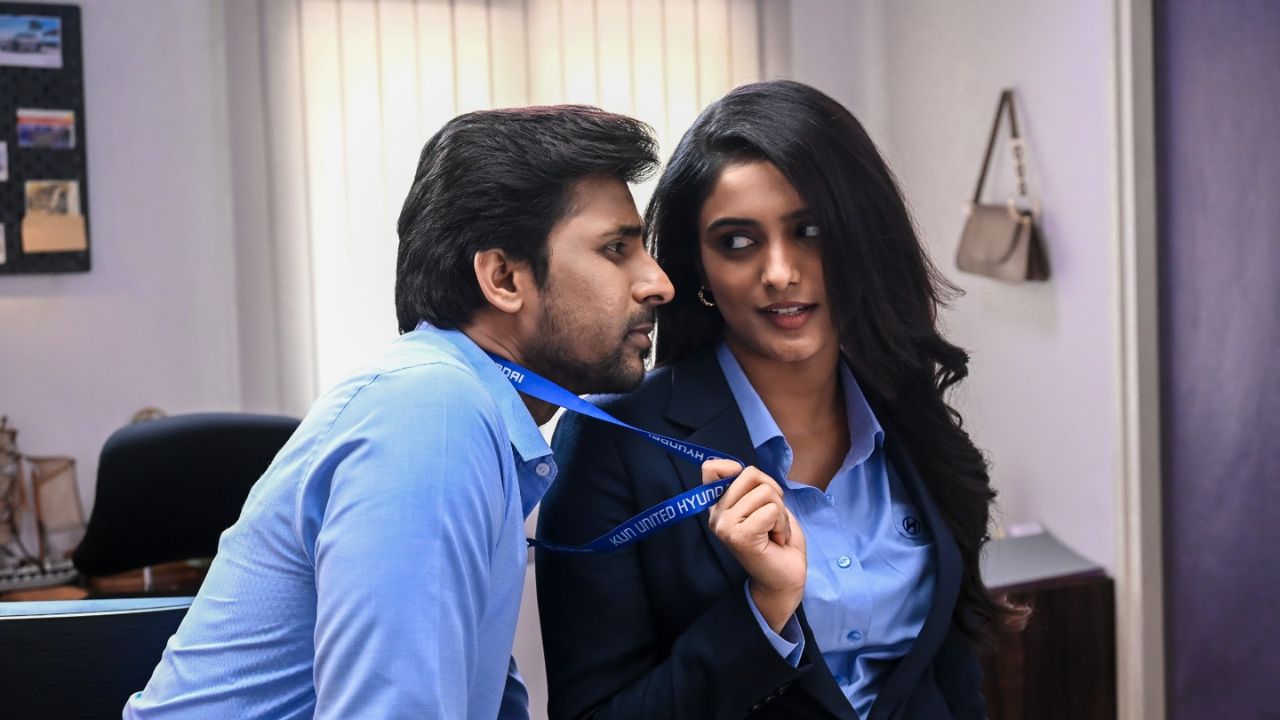
Bbq, kimchi, corn dog, stew: Decode classic Korean food from K-pop flavours
8 months ago | 105 Views
Gung The Palace, the three-storeyed Korean restaurant in Delhi’s Green Park, has a traditional seating - low tables (with a pit to dangle the legs below), curtained dining booths, subdued colours, low music, and a 21-page menu featuring meaty barbecue, seafood stews and octopus casserole. At Mr K Ramyun Café, also in Green Park, the colours are more vivid, mukbang videos play on screens, the menu is only six pages long, the shelves are stocked with packets of fiery red and soft pink Buldak Ramyun. How did we get to a point where Korean dining in India can mean such vastly different things?
The answer is a little complicated. It draws on history, geography and a bit of economics. And restaurants of both kinds are popping up across India – Chennai has 30, Pune has pre-order dining rooms, Mumbai has dedicated cafés. It’s a distinction that says as much about India as the Asian nation, far, far away.

First, the history
Of course, the K-Pop and K-drama craze of the last decade has something to do with it. But India had a handful of Korean restaurants that were thriving much before we got hooked on to BTS. They operated quietly in cities and business districts that had a significant Korean expat population.
“This was when Korean food was largely available at only guest houses for Korean customers,” says Jungyu Jeong, who co-owns Kini, a Korean café in Pune. Expats would sit down to a meal of Seoul-style bulgogi and long-fermented kimchi at Sun & Moon in Mumbai, the now-shuttered Café Maroo in Pune, and Arirang in Chennai. Occasionally, Indian diners would join in.
But with the music and the TV shows came a larger interest in Korean cuisine – the more casual kind. Young singers praised their favourite instant noodles, heroes munched on oversized sushi rolls as they planned revenge takeovers. Every romance drama featured the lead couple scarfing down rice cakes simmered in a sauce. Even seaweed soup looked pretty good. Indians were curious.

Kini opened in 2021 to cater to locals who’ve discovered Korea via its pop culture. On the menu are dishes inspired by the nation’s street food: Tteokbokki (the sauce-drenched rice cakes), instant ramyun and cheesy buns. “This kind of food is called bunsik,” explains Jun. It literally means food made with flour, but the definition has expanded to include dishes such as gimbap (those big sushi rolls) and corndogs (batter-fried sausage skewers).
The décor matches the menu. It’s informal, beginner friendly and fun. At BTS (Bang Tan Shefs) in Mira Road, a distant Mumbai suburb, diners can get a corndog and bibimbap (a meat-and-veg rice bowl) while enjoying a BTS-themed karaoke night. Koriken in Bangalore serves burgers with trending Korean fried chicken.

Now for the rest
Delhi’s Gung the Palace, like most older, traditional Korean places, is not cheap. Prices for individual dishes hover around the ₹1,000 mark. Some items cost more than twice that. And yet, owner Kim Jinbum says that more than 80% of his customers are Indians, “many in the age range of 20-30 years”.
For palates accustomed to bunsik, a traditional Korean menu might seem long, dense and confusing. Meats dominate: Pork, beef, duck, chicken, octopus. The words barbeque, stew, hot pot, soup and casserole appear unsuited to the accompanying images of rich hot-plates and broths. Naengmyon (chilled buckwheat noodle soup with beef) and bindae tteok (mung bean pancake) may seem a bit of an adventure. Plus, there’s banchan, a spread of tiny side dishes that may include anything from kimchi and namul (steamed, marinated or stir-fried vegetables), jorim (beef or tofu simmered in broth), to soy-marinated nuts with anchovy.

Most bunsik is easy to find. Ramyun and tteokbokki come in ready-to-cook packs at supermarkets. Cheesy pull-apart bread is on bakery menus that serve no other Korean food. In Mumbai, there’s now even a street food stall, Korean Point, that serves ramen and corndogs.
No matter which kind of restaurant you visit, ramyun is a safe gateway dish, as is gimbap, for those already familiar with sushi. Just remember that Korean levels of chilli match Indian cooking but are not tempered by other spices. And traditional soups are usually one-pot meals.
Leave room for drinks. The casual restaurants serve brands of juice and soy milk that are the current craze on screen. A traditional place might also offer makgeolli (a milky, sweet rice wine) to sip with meals, or a chilled cinnamon-flavoured tea before or after.
Should the distinction between dining styles start to blur, lean in and just get soju. The fermented rice liquor is had chilled, and often mixed with whiskey or beer. It’s not cheap, but it makes an unfamiliar cuisine that much easier to enjoy.
#




















